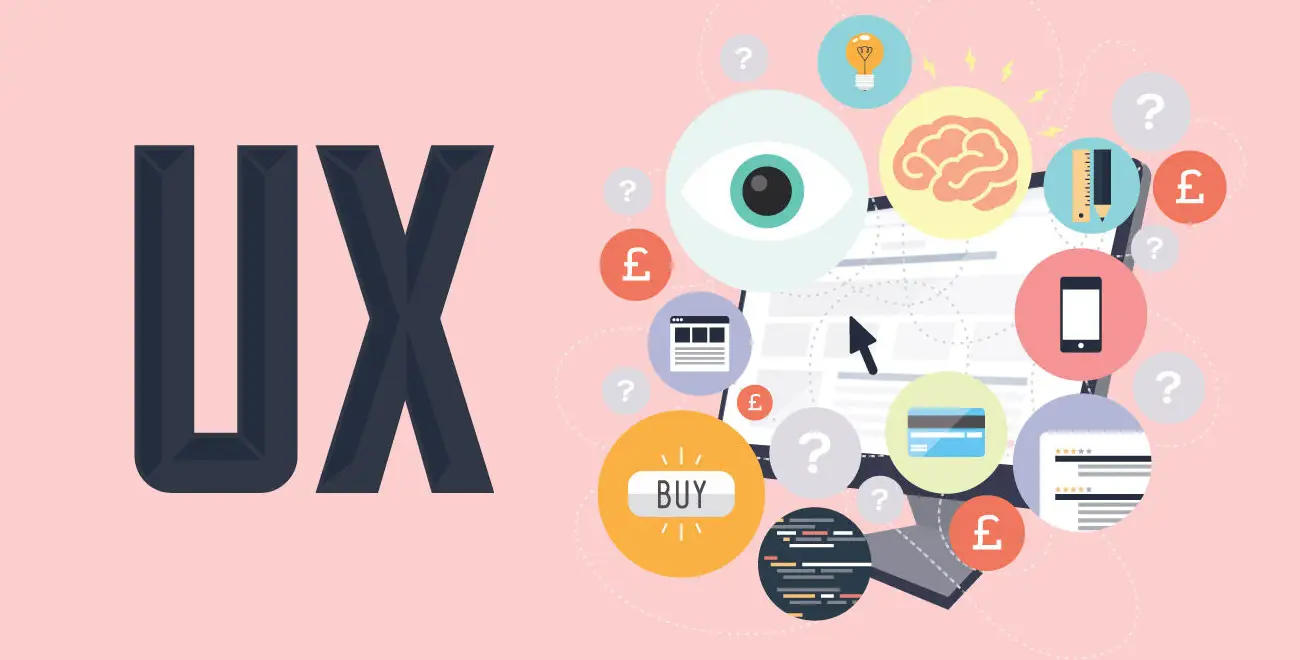In today’s digital landscape, the role of a UX Designer has become exceedingly appealing to remote workers and digital nomads. The flexibility and creativity involved in designing user experiences for digital platforms make it an ideal profession for those seeking to balance work with a lifestyle of exploration. UX Designers can work from anywhere, collaborate across time zones, and contribute to global projects, embodying the essence of a location-independent career.
How Much Can You Earn as a Remote UX Designer?
The earning potential for remote UX Designers varies based on experience, industry, and location. Here’s a closer look at what professionals can expect at different stages of their careers.
-
🪜 Entry-Level Professionals: Newcomers to remote UX design roles typically earn between $50,000 and $70,000 annually. Salaries can fluctuate depending on the region and the industry; for example, those working in tech hubs like San Francisco might start closer to the upper end, while designers in smaller markets or non-profit sectors may begin at lower figures.
-
📊 Mid-Level Earnings: With a few years of experience, UX Designers can expect to earn between $70,000 and $100,000 annually. Factors such as specialization in a particular industry, such as fintech or e-commerce, can significantly boost earnings. Designers with expertise in mobile interfaces or accessibility features are particularly valued.
-
💎 Senior Professionals and Freelancers: Experienced UX Designers and freelancers with a strong portfolio can command salaries over $120,000 annually, with top-tier freelancers sometimes earning day rates equivalent to $1,000 or more. Skills in high demand, like AI interface design or advanced prototyping, can further enhance earning potential.
Earning More as a Remote UX Designer
Maximizing income as a UX Designer involves strategic career moves and leveraging additional revenue streams. Here are some proven strategies to boost earnings.
-
🧩 Specialize in High-Demand Niches: Focusing on areas with high demand, such as voice UX or augmented reality design, allows professionals to charge premium rates. Specializing can also lead to unique opportunities in emerging fields where talent is scarce.
-
🎨 Monetize Digital Products: UX Designers can create and sell digital products like design templates, online courses, and e-books. This approach not only generates passive income but also builds a personal brand that can attract more clients.
-
🤝 Upsell Premium Services: Offering additional services, such as ongoing design support, usability testing, or consulting, increases project value. Clients often appreciate comprehensive packages, which can lead to long-term collaborations and increased revenue.
Industries That Hire Remote UX Designers
Remote UX Designers find opportunities across various industries, each offering unique challenges and rewards. Here are some key sectors that hire UX talent.
-
🖥️ Tech and SaaS: Technology companies and Software as a Service (SaaS) providers are primary employers of UX Designers. They prioritize designers who can enhance user engagement and create seamless experiences, making remote work feasible and often preferred.
-
📣 Creative Marketing: The marketing sector relies heavily on visual and user-focused content, creating demand for UX Designers. Professionals in this field help create compelling brand experiences and ensure digital interfaces meet user expectations.
-
🌵 Emerging Niches: Industries like healthcare, virtual reality, and gaming are rapidly growing and seeking UX talent. Designers who can adapt to these specialized niches are well-positioned for future opportunities.
Future Trends Shaping UX Designer Roles
As technology and user expectations evolve, UX Designers must adapt to remain relevant. Here are some trends shaping the future of this role.
-
⚙️ Emerging Tools and Systems: New design tools and systems, like AI-driven prototyping and collaborative platforms, are transforming workflows. Designers proficient in these technologies can deliver innovative solutions and improve efficiency.
-
📈 High-Growth Career Niches: Specializations such as inclusive design and wearable technology are gaining traction. UX Designers who pivot to these areas can benefit from competitive salaries and unique project opportunities.
-
🚀 Adapting to Change: Continuous learning is crucial for staying competitive. UX Designers should focus on acquiring new skills and adapting to industry shifts, ensuring they can tackle complex challenges that technology alone cannot solve.
What Does a Remote UX Designer Do?
Remote UX Designers play a pivotal role in crafting user experiences across digital platforms. Here’s a closer look at their responsibilities.
-
🔧 Core Daily Tasks: Typical tasks include wireframing, prototyping, conducting user research, and collaborating with cross-functional teams to refine designs. They focus on creating intuitive and engaging user interfaces.
-
📂 Project-Based Responsibilities: Depending on project scope, UX Designers deliver key components like user journey maps, interactive prototypes, and detailed design systems. These deliverables are crucial for guiding development teams and aligning on project goals.
-
🎯 Success Metrics: Success is measured by user satisfaction, increased engagement rates, and positive feedback. Delivering designs that enhance usability and accessibility are critical components of a UX Designer’s role.
Career Paths for Remote UX Designers
UX Designers have various paths to advance their careers, each offering unique opportunities for growth and specialization.
-
🌟 Entry-Level Opportunities: New designers often start with internships or freelance gigs to build their portfolios. Platforms like Upwork or Behance can help find initial projects and gain practical experience.
-
🔺 Scaling Your Career: As designers gain expertise, they can advance by mastering high-demand skills like UX writing or voice interface design. Transitioning to roles such as UX Leads or Product Designers can also elevate their careers.
-
⭐ Long-Term Roles: Experienced UX Designers may become senior consultants, mentors, or niche experts. These roles involve strategic decision-making and often provide opportunities to influence broader design directions within organizations.
Is My Job Really Safe as a UX Designer?
In the evolving landscape of remote work, job security is a significant concern. Here’s a look at how UX Designers can navigate these changes.
-
🤖 AI and Automation Risks: While AI can automate routine tasks, creative problem-solving and empathetic design remain human-centric. UX Designers should focus on skills that require human intuition and creativity, which AI cannot replicate.
-
📊 Industry Stability and AI Adoption: UX Design remains a stable field, with industries continuing to value human-centric design approaches. Some sectors, like e-commerce and healthcare, are less vulnerable to automation, ensuring steady demand for skilled designers.
-
💡 Upskilling to Stay Relevant: To remain competitive, UX Designers should focus on upskilling. Learning AI tools for design or specializing in areas like accessibility can enhance value and adaptability in a tech-driven environment.
Careers That You Can Shift To as a UX Designer!
The skills of a UX Designer are transferable, offering flexibility to explore various career paths. Here are some options for those looking to shift roles.
-
🔄 Closely Related Roles: UX Designers can move into roles like Product Managers or Interaction Designers, where their understanding of user experience informs product development and strategy.
-
🔍 Specialized Roles: Specialization within UX, such as UX Research or AR/VR Design, allows professionals to deepen their expertise in specific areas, enhancing their value in niche markets.
-
🌈 New Career Pathways: Leveraging their design and user insights, UX Designers can transition into fields like Digital Marketing or Growth Hacking, where they can apply their skills to drive user engagement and business growth.
Expert Review on Becoming a Remote UX Designer
Choosing a career as a remote UX Designer offers a unique blend of creativity, flexibility, and opportunity. This role is ideal for digital nomads due to its high earning potential and the ability to work with diverse teams globally. However, challenges such as managing client expectations and navigating different time zones can arise. With the right strategies and continual learning, UX Designers can thrive in this dynamic and rewarding field.




